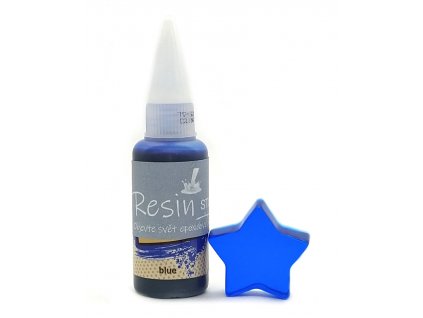Hardener for Fluid epoxy resin
Separate hardener (component B) to Fluid epoxy resin. It is useful in cases where there is a misweighing of components or spillage of component B.
You can choose from two options:
- Option 1 - package of 100 grams of hardener (folder B). This package does not contain resin (ingredient A).
- Option 1 - package of 200 grams of hardener (folder B). This package does not contain resin (ingredient A).
Mixing ratio: 100 : 66 (by weight).
Country of origin Czech Republic




Fluid Epoxy Resin is a perfectly transparent crystal resin for Resin Art. It has an excellent UV filter and a higher density, which makes it magical when blending colours. After curing, it has a solid, mirror-shiny and completely smooth surface. It has high protection against humidity during the curing process.
It is fully transparent and can be applied in layers of approx. 15 mm. In the case of higher castings, we recommend casting it in layers, after partial or complete hardening of the bottom layer. It can be well coloured and pigmented. It cures in about 24-36 hours, is easy to work and polish. It has excellent mechanical properties, high strength and cohesion.
You can use this resin on products that will be in contact with food. According to the opinion of the State Institute of Health, products made of this resin can be used for contact with dry and moist foodstuffs, excluding contact with fats. Use at room temperature and below.
Be the first who will post an article to this item!








